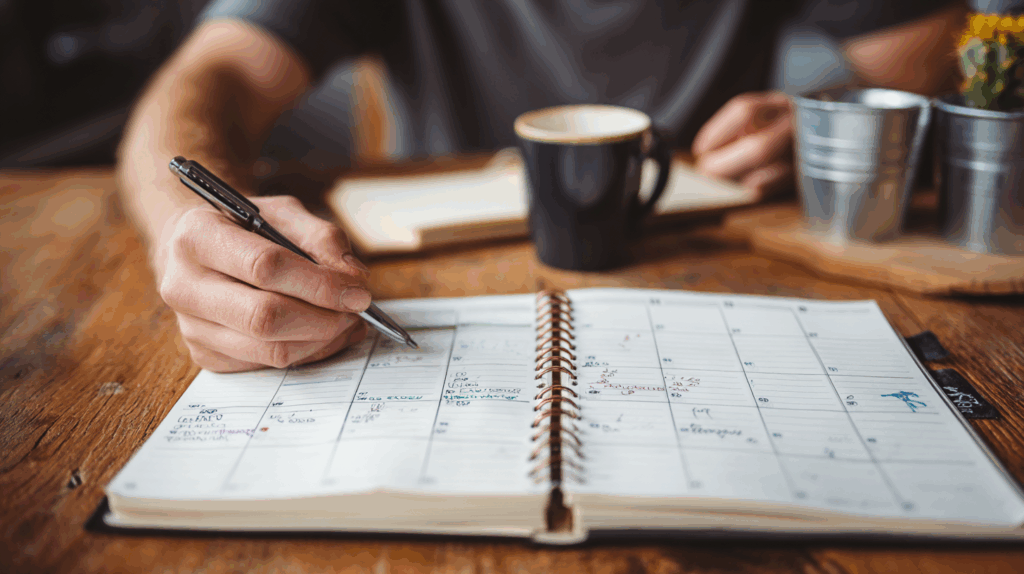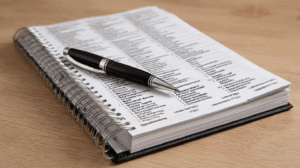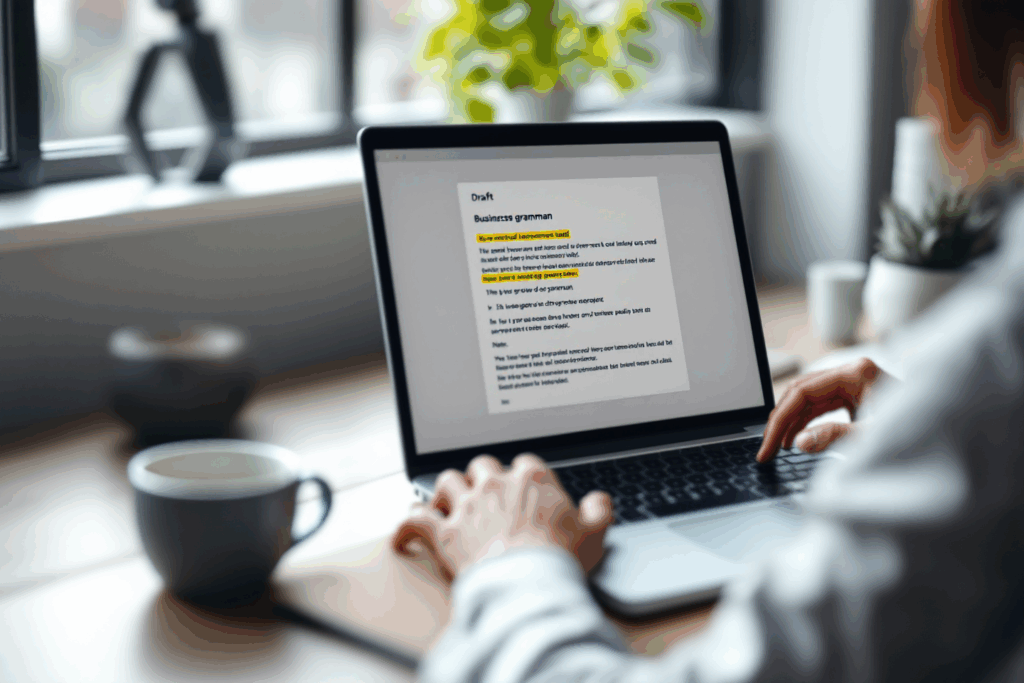
Present Simple Tense 1
English Blogs “Let’s Learn, Explore, and Connect to the World” Present Simple Tense 1 I. Introduction to the Present Simple Tense in English Mastering the


The Past Continuous tense is a versatile and important aspect of English grammar, but it can also be a source of confusion for many learners. Understanding common mistakes and learning practical tips can significantly improve your command of this tense. This section will cover essential advice and common pitfalls to avoid.
 Contextual Clues: Pay attention to time expressions such as “at that moment,” “while,” “when,” and “as,” which often signal the use of the Past Continuous. These expressions can help you decide whether to use this tense to describe ongoing past actions.
Contextual Clues: Pay attention to time expressions such as “at that moment,” “while,” “when,” and “as,” which often signal the use of the Past Continuous. These expressions can help you decide whether to use this tense to describe ongoing past actions.

Combining Past Continuous with Simple Past: Remember that the Past Continuous is often used in conjunction with the Simple Past to indicate that a longer, ongoing action was interrupted by a shorter action. Ensure the ongoing action is in the Past Continuous, while the interrupting action is in the Simple Past.
 Descriptive Language: Use the Past Continuous to add depth to your storytelling, especially when setting scenes or describing simultaneous actions. It helps create a vivid picture of past events and environments.
Descriptive Language: Use the Past Continuous to add depth to your storytelling, especially when setting scenes or describing simultaneous actions. It helps create a vivid picture of past events and environments.
 Listening Practice: Regular exposure to English in use, such as in movies, series, or conversations, can help you get a better feel for when and how the Past Continuous is used. Pay special attention to scenes describing past events or actions.
Listening Practice: Regular exposure to English in use, such as in movies, series, or conversations, can help you get a better feel for when and how the Past Continuous is used. Pay special attention to scenes describing past events or actions.
 Practice Speaking and Writing: Regularly practicing sentences and paragraphs that incorporate the Past Continuous can improve your fluency and accuracy. Try describing your previous day, focusing on actions you were doing at specific times.
Practice Speaking and Writing: Regularly practicing sentences and paragraphs that incorporate the Past Continuous can improve your fluency and accuracy. Try describing your previous day, focusing on actions you were doing at specific times.

Misusing Time Markers: A frequent error is using the Past Continuous incorrectly with time markers suited for the Simple Past (e.g., “last year,” “yesterday”). Remember, the Past Continuous is best used with continuous time markers or when describing an action at a specific moment in the past.
Overusing the Past Continuous: Not every past action needs to be in the Past Continuous. Use this tense for actions that were ongoing or for setting the background. For actions that happened sequentially, stick to the Simple Past.
Confusing with the Simple Past: Ensure you’re clear on the distinction between the Simple Past and the Past Continuous. Use the Simple Past for completed actions or events, and the Past Continuous for actions that were in progress at a specific time.
Incorrect Form of ‘To Be’: Make sure to use the correct form of “to be” (was/were) according to the subject. This is a basic but crucial aspect of forming the Past Continuous correctly.
Neglecting Pronunciation: In spoken English, the contraction forms (wasn’t, weren’t) are common. Practice both full forms and contractions to be understood clearly and to improve listening comprehension.
Forgetting Parallel Actions: Remember that the Past Continuous can be used to describe multiple actions happening at the same time. Don’t forget to use it to show parallelism between two or more ongoing past actions.
To enhance your understanding and correct usage of this tense, engage in exercises such as:

Sentence Transformation: Convert sentences from the Simple Past to the Past Continuous where appropriate, focusing on actions that were ongoing at specific past times.

Narrative Writing: Write a short story or describe an event from your past using the Past Continuous to set the scene or describe ongoing actions.

Dialogue Creation: Create dialogues that incorporate both the Past Continuous and the Simple Past, particularly focusing on actions in progress interrupted by other actions.
 By avoiding these common mistakes and applying these practical tips, you can use it more effectively and accurately. This will not only enhance your grammatical skills but also your ability to communicate more precisely and vividly about past events.
By avoiding these common mistakes and applying these practical tips, you can use it more effectively and accurately. This will not only enhance your grammatical skills but also your ability to communicate more precisely and vividly about past events.

English Blogs “Let’s Learn, Explore, and Connect to the World” Present Simple Tense 1 I. Introduction to the Present Simple Tense in English Mastering the

English Blogs “Let’s Learn, Explore, and Connect to the World” Present Simple Tense 2 II. Understanding the Present Simple Tense Definition and Structure At its
Explore the world confidently with ‘Travel English’ by Allison Kate, a comic-style guide full of essential conversations and tips for every traveler. Speak English with ease in airports, hotels, and more!



